Epoxy
Two-component epoxy protection coating.
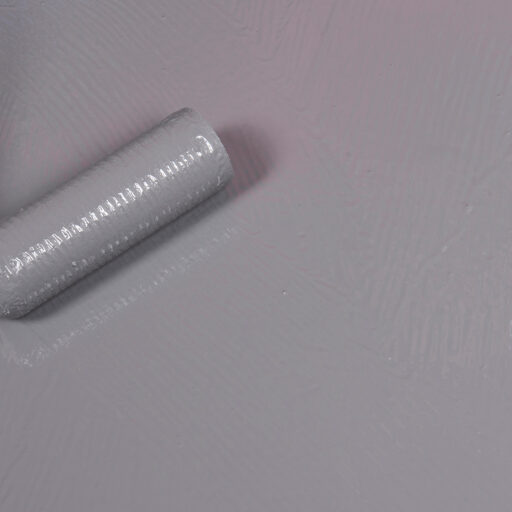
Application areas
Discover more
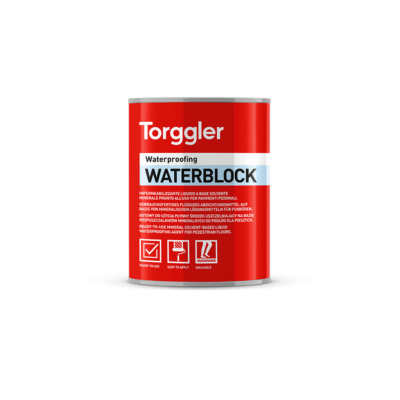
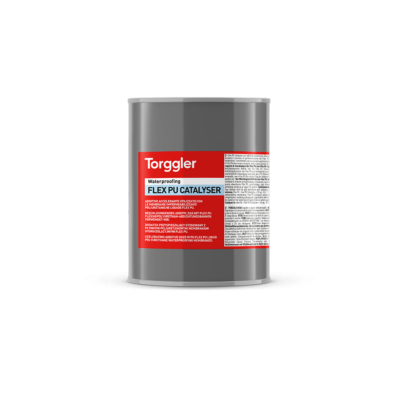
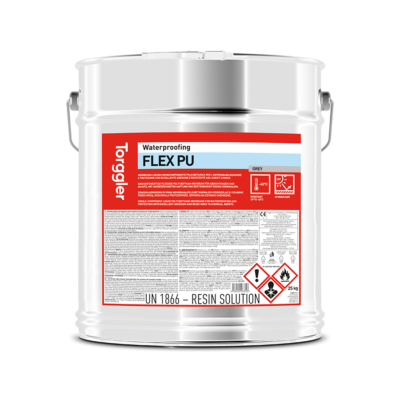
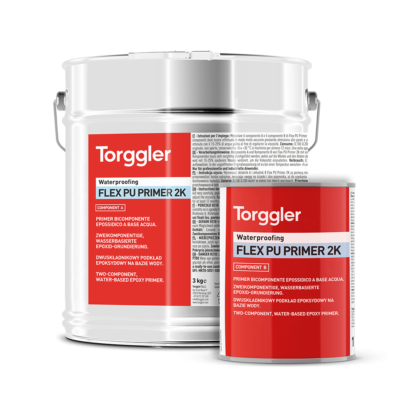
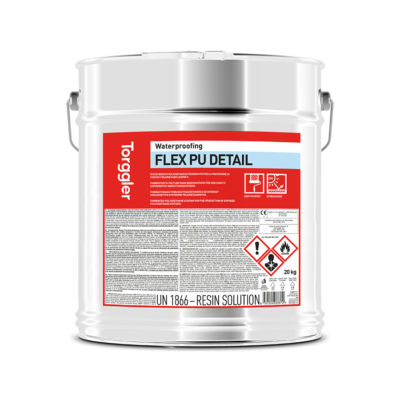
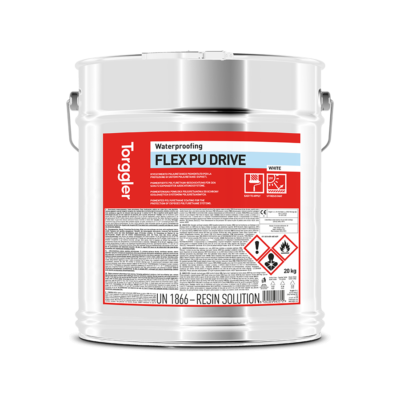
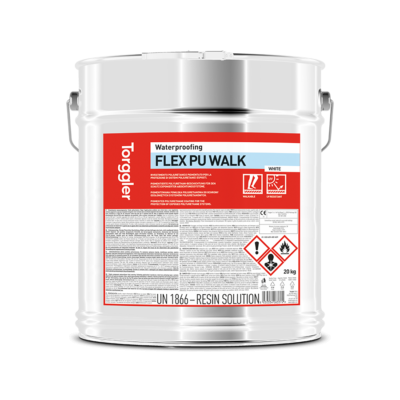
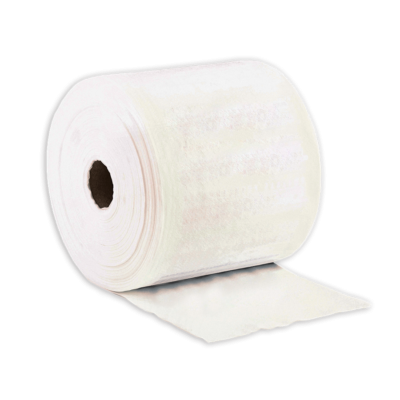
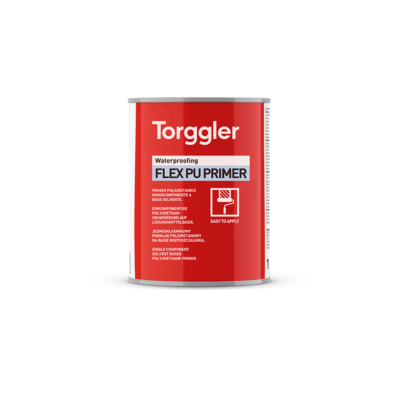
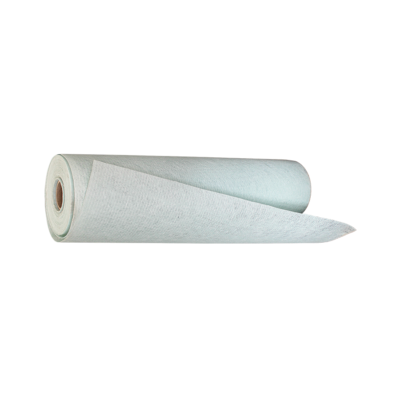
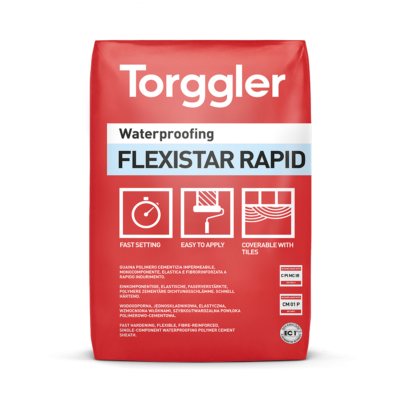
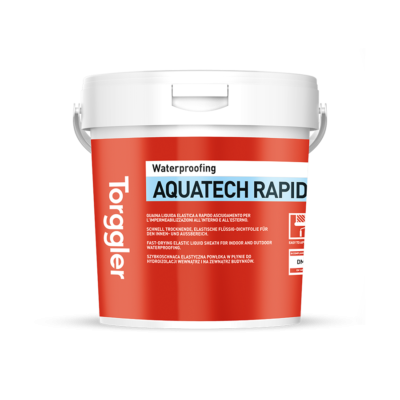
Epoxy is a solvent-free two-component epoxy protective coating that can also be applied with considerable thickness, even vertically. Its chemical nature makes the hardened coating particularly resistant to chemical agents (mineral and organic acids, alkaline solutions and substances). As it contains neither organic solvents nor water, you can use Epoxy for greater thickness values than those which can be obtained with water-based or solvent-based products. Epoxy is a protective coating (type C) for the surfaces of concrete structures according to EN 1504-2, which can be used according to the following principles according to EN 1504-9: Protection against the risks of penetration (principle 1), moisture control (principle 2), increased physical resistance (principle 5), improved chemical resistance (principle 6) and increased resistivity (principle 8).
Preparation for use
The substrate must be solid, free of loose particles and cement patina, clean and regular. It can be damp but must not be wet, as drops of surface water greatly reduce the adherence of the coating to the substrate. We recommend the application of a coat of Emulsione Epossidica 723 (50-70 g/m²) as primer in the case of particularly damp substrates. 24 hours after applying the base coat, the first coat of Epoxy can be applied. Metal substrates must be sandblasted.
Product preparation
Mix the two pre-dosed components intimately into the original containers by pouring component B into component A and mix with an electric mixer without introducing air until a homogeneous mass is obtained.
Instructions for use
Epoxy can be applied with a brush, a roller or by spraying (airless). In case of spray application, workability can be improved by adding approx. 0.5% of a solvent (e.g. toluene) when mixing the two components. Apply the mixed product in at least two coats of 300 g/m² each; the theoretical thickness obtained by applying the above quantities is about 470 micrometers. Each coat should be applied when the underlying coat is sufficiently hardened (under normal conditions this takes about 24 hours). The pot-life of the product is approx. 1 hour at +20 °C, while higher temperatures shorten it and lower temperatures lengthen it.
NOTE: the viscosity of component A tends to increase over time. This is an inevitable phenomenon which does not compromise the performance of the product applied. To lower the viscosity, just add a small amount of solvent, e.g. 0.3-0.5 % toluene, when mixing with component B.
Cleaning
When the product is fresh, the tools can be cleaned with solvents (e.g. toluene or white spirit).
When stored at a temperature between +5 °C and +30 °C in its original sealed packaging Epoxy is stable for at least 24 months.
| Color | Code | Bicomponent | Packaging | Packaging size | Barcode |
|---|---|---|---|---|---|
| Grey | 5487 | 2 components | bucket | 4x3kg |
Epoxy is particularly suitable for:
| Appearance | component A: pasty liquid, component B: liquid | |
| Colour | component A: grey, component B: colourless | |
| Solvent content (Deutsche Bauchemie e.V.) | none | |
| Mixing ratio | C. A : C. B = 80:20 | |
| Density of mix A+B (UNI 8490/2) | 1.26 g/ml | |
| Application temperature | from +10 °C to +50 °C | |
| Pot life (EN ISO 9514) | at 30 °C: approx. 30 minutes, at 20 °C: approx. 45 minutes, at 10 °C: approx. 80 minutes | |
| Mixture viscosity A+B (MIT 3C*) | 10 °C: 7.1 Pa*s, 23 °C: 2.4 Pa*s, 30 °C: 1.7 Pa*s (viscosity gradient = 50/s) | |
| Tensile strength (DIN 53455, punch no. 5) | at 24 hours: 1.5 N/mm2, at 7 days: 7 N/mm2, at 28 days: >8 N/mm2 | |
| Tensile strength (DIN 53455, punch no. 5) | at 24 hours: 55%, at 7 days: 20%, at 28 days: 15% | |
| Progression of hardening – Shore hardness (EN ISO 868) | Shore A/15 at 23 °C: after 8 h: 35, after 24 h: 68, after 3 days: 79, after 7 days: 86, can be walked on after 8 h | |
| Maximum operating temperature | +80 °C | |
| Parameter | Value | EN 1504-2 limits/classes |
| Adhesion by pull-off test (EN 1542) | 3.1 N/mm2 | >1.5 N/mm2 (traffic), >0.8 N/mm2 (no traffic) |
| Permeability to CO2 (EN 1062-6) | Sd = 179 m (thickness = 300 µm) | Class II |
| Capillary absorption (EN 1062-3) | 0.012 kg/m2h0.5 | <0.1 kg/m2h0.5 |
| Permeability to water vapour (EN ISO 7783-1) | Sd = 19 m (thickness = 300 µm) | Class II |
| Impact resistance (EN ISO 6272) | Class II | No cracks and flaking |
| Abrasion resistance (EN ISO 5470-1) | Weight loss: 0.21 g | <3 g |
| Resistance to severe chemical attack (EN 13529) | Class II: Acetic acid 10%, Sulphuric acid 20%, Sodium hydroxide 20% | Drop in Shore Hardness D < 50% |
| Resistance to chemical agents (EN 12808-1) | A table detailing resistance to accidental and permanent contact is available on request. | |
* Torggler’s Internal Methods (MIT) are available on request.
The consumption of Epoxy is 300 g/m² each coat.
Contact our team for personalized support and product guidance.